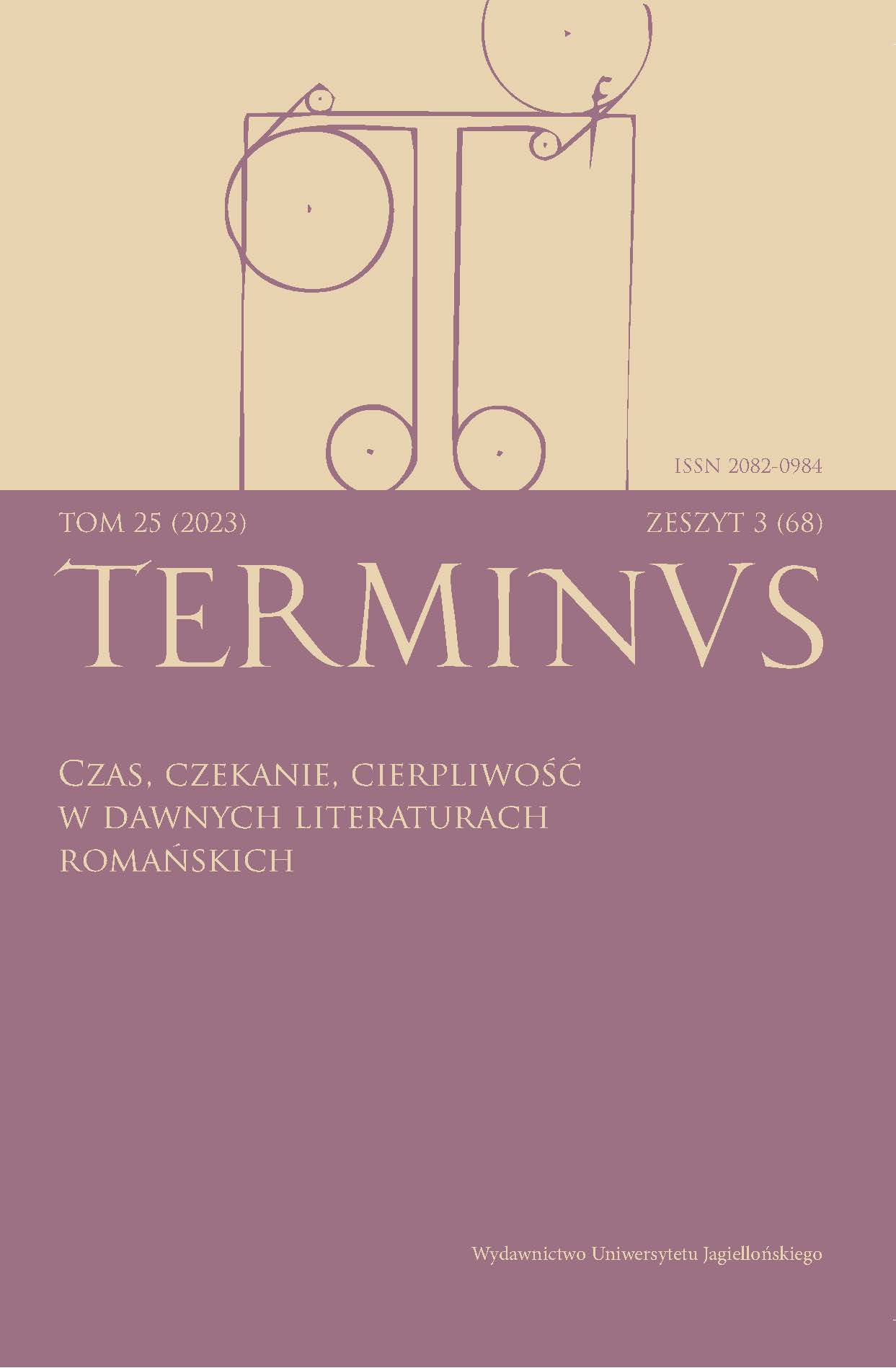Tempus fugit, aeternitas manet: Ambiwalentność czasu w Powieści o Tristanie Thomasa z Anglii
Tempus fugit, aeternitas manet: The Ambivalence of Time in Thomas of England’s Tristan
Author(s): Joanna Gorecka-KalitaSubject(s): British Literature
Published by: Wydawnictwo Uniwersytetu Jagiellońskiego
Keywords: Thomas of England; Tristan; Saint Augustine; time; courtly love;
Summary/Abstract: In his Confessions, Saint Augustine formulates the idea of human time as distentio animi (extension/distraction of the soul/spirit), which he contrasts with divine eternity. The opposition between the temporal and subjective ‘earthly’ and the eternal ‘heavenly’ is part of the Augustinian ‘analogical matrix’ that has been part of the framework of Western thought for more than a millennium. Medieval thought on time is situated within this framework, although other influences should also be added (e.g. the archaic conception of cyclical time perceptible in the liturgy), and its characteristic duality is reflected in literary texts. This article aims to demonstrate the exceptional complexity and originality of the reflection on time in Thomas of England’s Tristan, as well as its links with the Augustinian matrix. The analysis focuses on a double temporality contained in the narrative: one, linear and subjective at the same time, tends inexorably towards death; the other ntroduces a dimension of eternity through the ideal of love, represented by the golden ring, whose role goes beyond a symbolic function, since it can revive the past and determine the future. In this way, Thomas offers a substitution of the elements of the Augustinian matrix, replacing the divine absolute by that of the fin’amor raised to the level of the spiritual ideal.
Journal: TERMINUS
- Issue Year: 25/2023
- Issue No: 3 (68)
- Page Range: 285 - 298
- Page Count: 14
- Language: Polish

